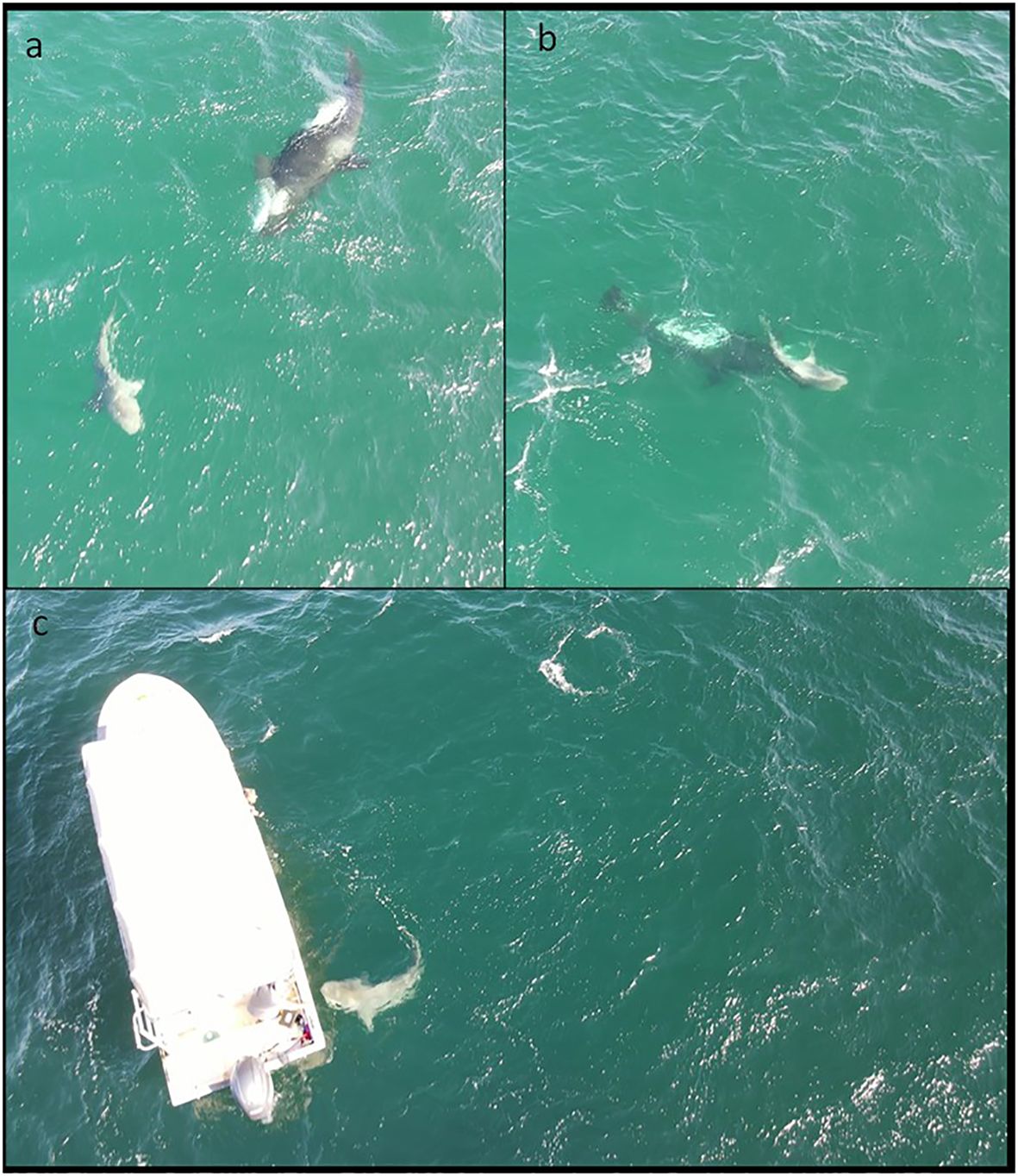Orcas have become pretty much the poster child for ocean shenanigans in the last few years with their antics sinking yachts in the Mediterranean. While research suggests they are doing this mostly for fun, and not for malicious reasons, new research has been released that sees them gobbling up sharks in the Gulf of California, putting them back on the top spot as the most sinister animals in the ocean.
Typically, orcas (Orcinus orca) have a wide dietary range that includes marine mammals like seals, seabirds, squid, and octopuses, as well as a large variety of fish species. Cartilaginous fish, including some shark species, were known to be consumed occasionally but were not thought to make up a large part of the orca diet.
However, observations in recent years have revealed orcas chowing down on great white sharks (Carcharodon carcharias) in South Africa. These cases are often revealed to researchers through the public catching these occurrences on cameras or personal drones.
The team involved in this research studied orca pods in the Cabo Pulmo National Park, in the Gulf of California, and found the same individuals hunting sharks over a period of almost two years. This marine protected area played host to three different orca-shark, predator-prey interaction events during this time.
The first was an orca pod patrolling an area where blacktip sharks (Carcharhinus limbatus) are known to gather in larger numbers, the second was an orca pod attempting to kill a bull shark (Carcharhinus leucas), and the third was orcas successfully consuming a bull shark in the south of the area.
In the attempted case of the bull shark predation, the shark escaped the attack from two orcas by swimming underneath a local dive boat. While the orcas circled the boat for around 30 seconds, they then left, and neither they nor the shark were seen again on the drone footage.

The bull shark sought to hide from the attacking orcas by swimming near a dive boat.
Examining the drone footage of the three events has allowed the team to identify the individual orcas that were present in at least one of each of the events, named “Quetzalli”, “Niich” and “Waay”.
The team thinks that since the park was created in 1995, the number of sharks within the area has increased far more than was previously expected. Given this increase, it is thought this may have contributed to the amount of shark-orca interactions.
In other areas, the presence and predation of orcas on different shark species has caused the sharks to leave the area. The team plans to keep up the long-term monitoring of orca and shark interactions to determine the potential long-term effects of these predation events and how they will shape this marine protected area.
The study is published in Frontiers in Marine Science.
Source Link: Orcas Seen Gobbling Up Bull Sharks In Gulf Of California Are Repeat Offenders